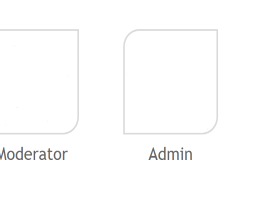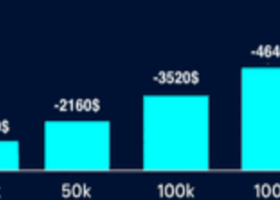How Many Trades Do You Really Need? The Truth About Backtesting in MetaTrader 5
Introduction
Backtesting is the backbone of any algorithmic trading strategy. But how many trades do you really need before trusting the results? Whether you’re developing a high-frequency grid system or a low-frequency scalper in MetaTrader 5 (MT5), the quantity and quality of your trades determine whether your backtest is reliable—or dangerously misleading.
This article breaks down how to backtest effectively in MT5, what makes a test statistically meaningful, and how to avoid common pitfalls in evaluating your strategy’s performance.
Why Backtesting Matters
Backtesting allows you to simulate your Expert Advisor (EA) on historical data to see how it would have performed. It helps answer critical questions:
- Is my strategy profitable?
- How often does it win or lose?
- What’s the risk-to-reward ratio?
- Can it survive a rough market phase?
But the answers are only as good as the data and sample size behind them.
🎯 How Many Trades Are Enough?
There’s no magic number, but there is a practical range based on statistical relevance.
| Purpose | Min. Trades Needed | Why It Matters |
| Rough idea (proof of concept) | 30–50 | Too small for stats, but OK to spot major issues |
| Basic validation | 100–200 | Start seeing patterns and win/loss characteristics |
| Intermediate confidence | 200–300 | Growing reliability; early signs of robustness |
| Confident performance metrics | 300–500 | Enough for basic statistical reliability |
| Robust optimization | 1,000+ | Essential for minimizing overfitting |
| Multi-phase validation (e.g. walk-forward) | 2,000–5,000+ | Needed for serious live deployment confidence |
📌 Rule of Thumb: The rarer your trades, the more years of data you need to reach these numbers.
📈 Why Sample Size Affects Confidence
The smaller the sample size, the more your results can be influenced by randomness. This leads to:
- Overestimating win rates
- Underestimating drawdowns
- Misleading conclusions in parameter optimization
In statistics, the standard error shrinks as your sample size grows. In trading, this means:
- More trades = more reliable performance metrics
- Fewer trades = greater risk of false confidence
🛠️ Avoiding Pitfalls in Backtesting
- "It worked last year" syndrome: Don’t trust 1-year backtests with <50 trades.
- Overfitting with few trades: More parameters than trades = danger.
- Ignoring slippage and execution: Scalping needs precision.
- Cherry-picked testing windows: Don’t only test calm or trending periods—include full market cycles.
🧪 Enhancing Backtest Quality
If your strategy is low-frequency:
- Consider testing across multiple correlated pairs (e.g. EURUSD, GBPUSD, AUDUSD)
- Try slight variations to increase trade count (without changing the core logic)
- Use Monte Carlo simulations to test random variations of trade sequence, spreads, and slippage
- Incorporate walk-forward analysis to test robustness in changing environments
✅ Final Thoughts
Backtesting is not about getting perfect results—it’s about getting reliable ones. The fewer trades you have, the more cautious you should be with your conclusions. A strategy that looks solid on 50 trades may crumble under pressure from real markets or live slippage.
Don’t be fooled by early profits in a small sample. Build trust in your strategy through data, discipline, and statistical integrity.
For more trading resources, visit my profile https://www.mql5.com/en/users/doshur


